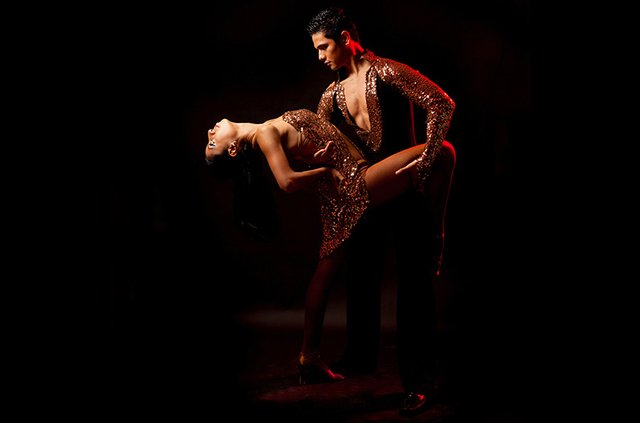
Source: danceculture.co.za
Salsa is a popular, maybe even most widely known form of social dance that originated in New York City. Salsa is strongly influenced by rhythms and traditions of Latin America, particularly from Puerto Rico and Cuba.
The salsa movements have roots in variety of dances like Son, Cha cha, Mambo and other dance forms.
History of Son & Salsa
French sailors who have sailed on the relation "Cuba - Haiti" brought their national dance contradanza to Cuba. Contradanza was mixed with dances of African origin which led to creation of danzon - a dance which is national dance of Cuba since 1879., popular among all society classes.

In the end of 19. century, freed slaves from today's Haiti and Dominican Republic have influenced Cuban music, especially in the eastern region of Cuba - Oriente Provence.
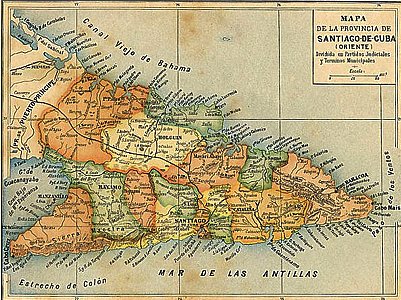
Oriente province
Here the fusion of Spanish dance and African beats took place, which resulted in formation of new music style - Cuban son. New style has been brought to Havana by Cuban soldiers in 1917. which served in that region.
Dance has soon been accepted with eager enthusiasm all over the country and has developed strong musical personality. Son contains all the elements of danzon, but it is different in it's form which consists of 4 measures and a choir which sings in respond to the soloist. In Son, African instruments overcome prevailing Havana orchestras and reveal deeply rooted African rythm.
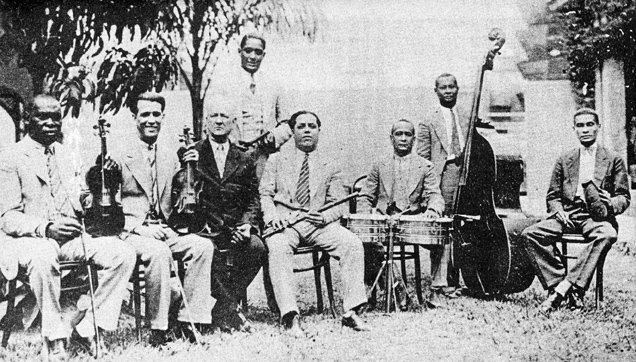
Orquesta Romeu with singer Fernando Collazo, end-1920s
In the times of son formation, previously not seen musical instruments have appeared: bongos, maribula, quiada, timbales, criolos, botijuela, palmadas, guiros, maracas, guitar derivatives - tres, claves etc. In 1930's in Havana trumpets were added to son, and botijuela is substituted for bass.
History of son wouldn't be the same without the great contribution of Sexteto Habanero with their numerous awards, concerts, guest visits and film contributions.
(
Musical movement in son was unusually creative and fertile and as a result it was capable to originate its own instruments, interpreters and choreography.
In 1940's son was afro-cubanized using the conga and faster tempo.
(
Arrangement develops and supports stronger jazz influence. Exactly this mature, sophisticated son from 1950's becomes spine of the entity which will later be known as salsa.
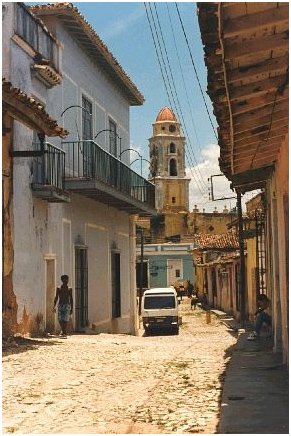
In the end of 19th century SAD have helped Puerto Rico to free them selves from Spanish reign and then took governance over it. After Johnson's act in 1917. Puerto Rico became official USA territory. Consequently the travel of domicile Puerto Ricans to the USA was possible. Combined with social and political pressure on Cuba and Puerto Rico in 1930's it resulted in plenty of people emigrating in USA and Mexico, mostly to cities of New York and Mexico City.

Bridges spanning the Harlem River between Harlem to the left and the Bronx to the right
Right at that time, in Spanish Harlem of New York those immigrants separated from melodies of their homeland have originated the receipt for salsa.
(
Term SALSA symbolizes the diversity of its dance ingredients. A large number of dances kept their individuality (son, mambo, guaracha, cumbia, cha cha, rumba...) but it has also combined many of them into indistinguishable salsa mix.

New York is the reason that salsa today is a world wide known activity. It acted as a perfect melting pot blending roots of Latin America with elements of American urban music thus making it more attracting for local residents.

The Palladium Ballroom, 1950's.
Salsa, similarly to rock, is a product of turbulent 1960's, emerging in the decade of spirituality, mobilization and reevaluation. Latinos (almost 2 mil. in N.Y.) were inspired by the civil rights movement and in the era of economic growth they had reached critical mass and become mature for cultural, social and political awakening in spite of the inherent discrimination.
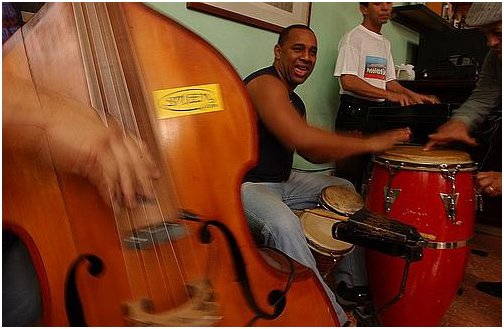
In 1964., visionaries Johnny Pacheco (leader of the orchestra) and Jerry Masucci (film producer) founded a small recording company called Fania which gathered Caribbean dance bands and distributed their records.
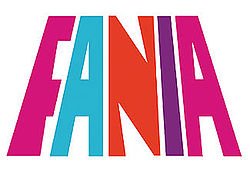
Fania enabled latino rythms to touch every corner of the world. Some rhythms were original, some were stolen from Cuban musicians, which was possible because of the Cuba embargo.
During the 80's salsa experienced moderate changes in lyrics and arrangement and has become more romantic. Inveterate salseros were irritated and did not like it but it obviously didn't hurt it's reputation as it only grew more popular.
Salsa was spreading rapidly within the areas of Spanish speaking population therefore it laid roots not only in Puerto Rico, Cuba and in Dominican Republic but also in Venezuela and Colombia.

Panoramic photo of Cali, main city in western Colombia, where salsa is very popular
In the beginning, salsa style wasn't accepted by everyone. It wasn't welcomed by white people and higher class society members however their resistance only lasted until the middle of the 70's when all social layers were infected and mentioned countries became large musical markets.
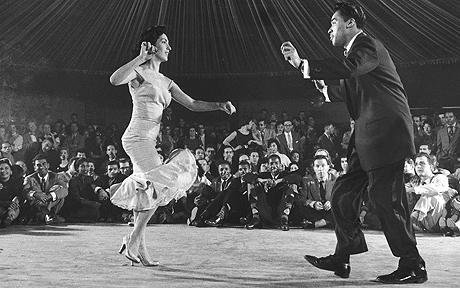
Salsa is like a tree - it has a lot of roots and numerous branches and one woody stem that connects them all together.

Salsa congress, Havana Cuba
There is more than one style of salsa, but none is better than the other, only different. Salsa does not have homogeneous style but is rather liable to influence of other musical styles and directions and is also influenced by local musicians and customs.
That's why salsa is considered an international genre.
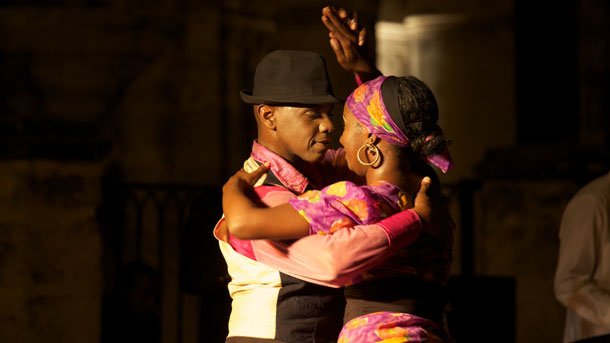
Source: National Geographic
This was a brief history of salsa dance.
Tune in for the next part in which I'll try to explain why would you even consider dancing salsa and how does salsa dancing look like today. I feel as if people don't really understand the power and the freedom of dance. It's so much fun if you let go the uptight prejudices.
This is how it looked like last month in my country - Croatian Salsa Summer Festival.
Have a nice day!
I've always wanted to learn how to dance waltz and salsa. Also, that summer festival looks dope.
Downvoting a post can decrease pending rewards and make it less visible. Common reasons:
Submit
Thank you for the support.
Downvoting a post can decrease pending rewards and make it less visible. Common reasons:
Submit
I wonder how i can dance this kind of music. I don't know how to dance it but i like it. good one
Downvoting a post can decrease pending rewards and make it less visible. Common reasons:
Submit